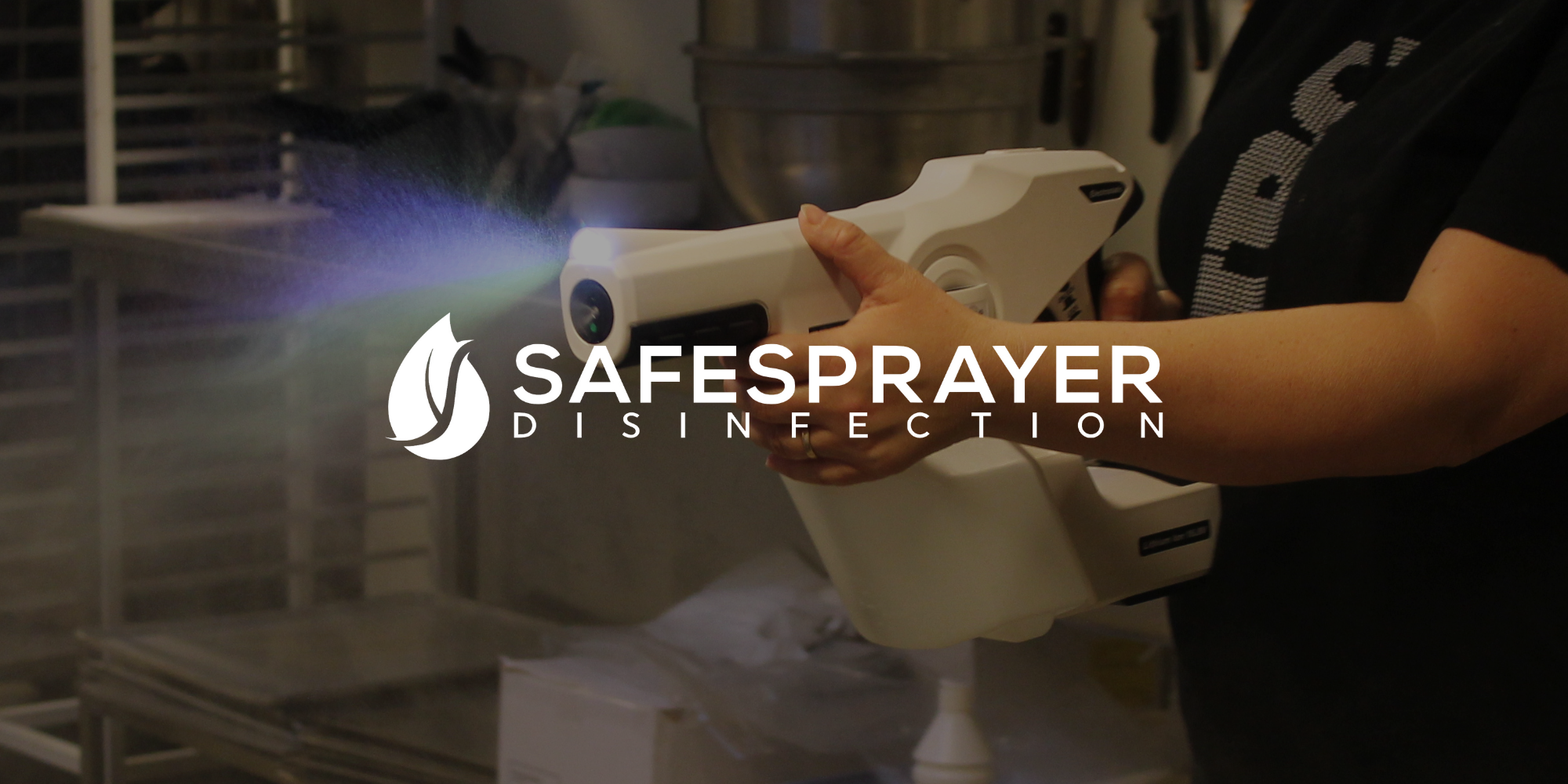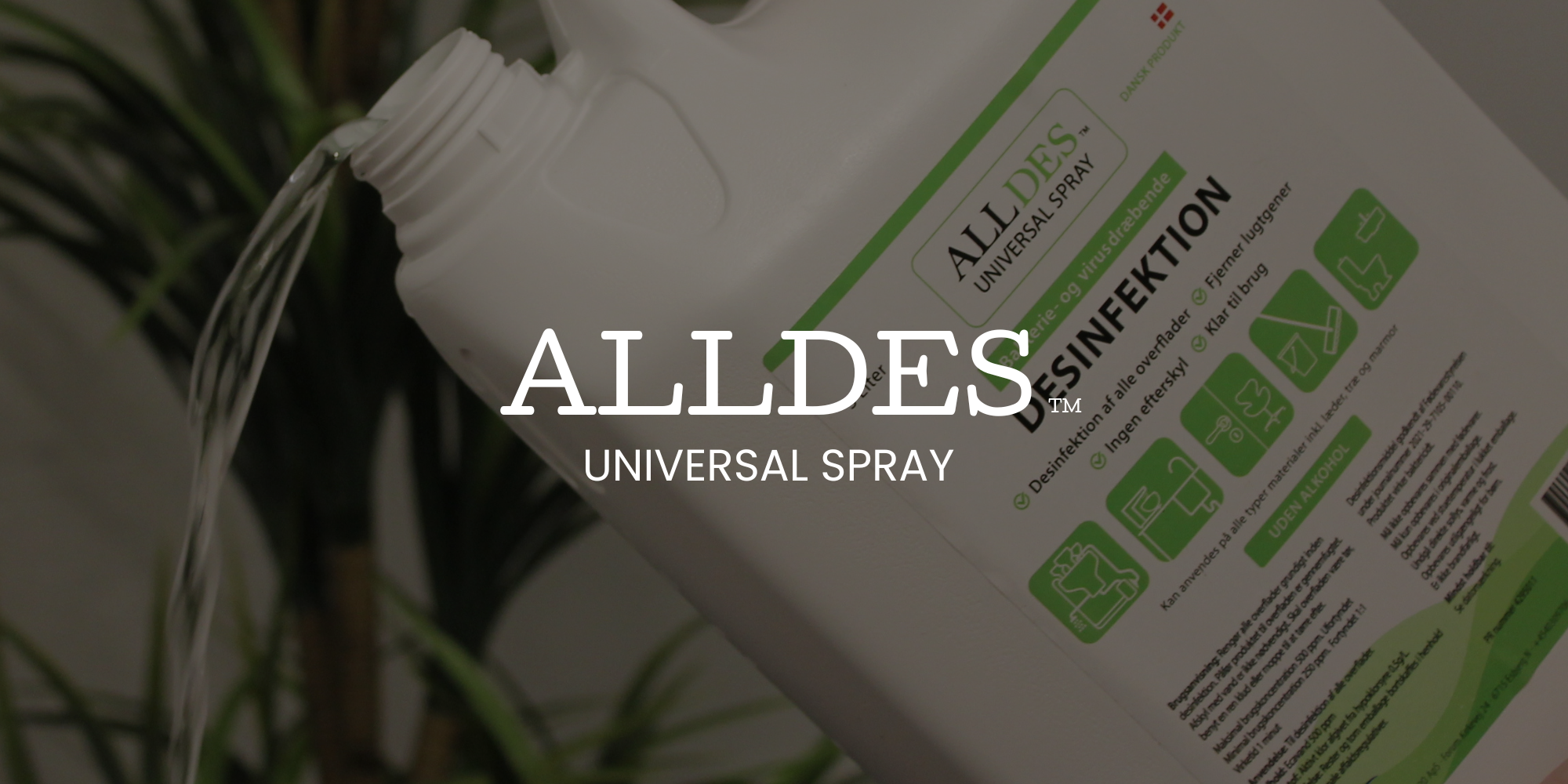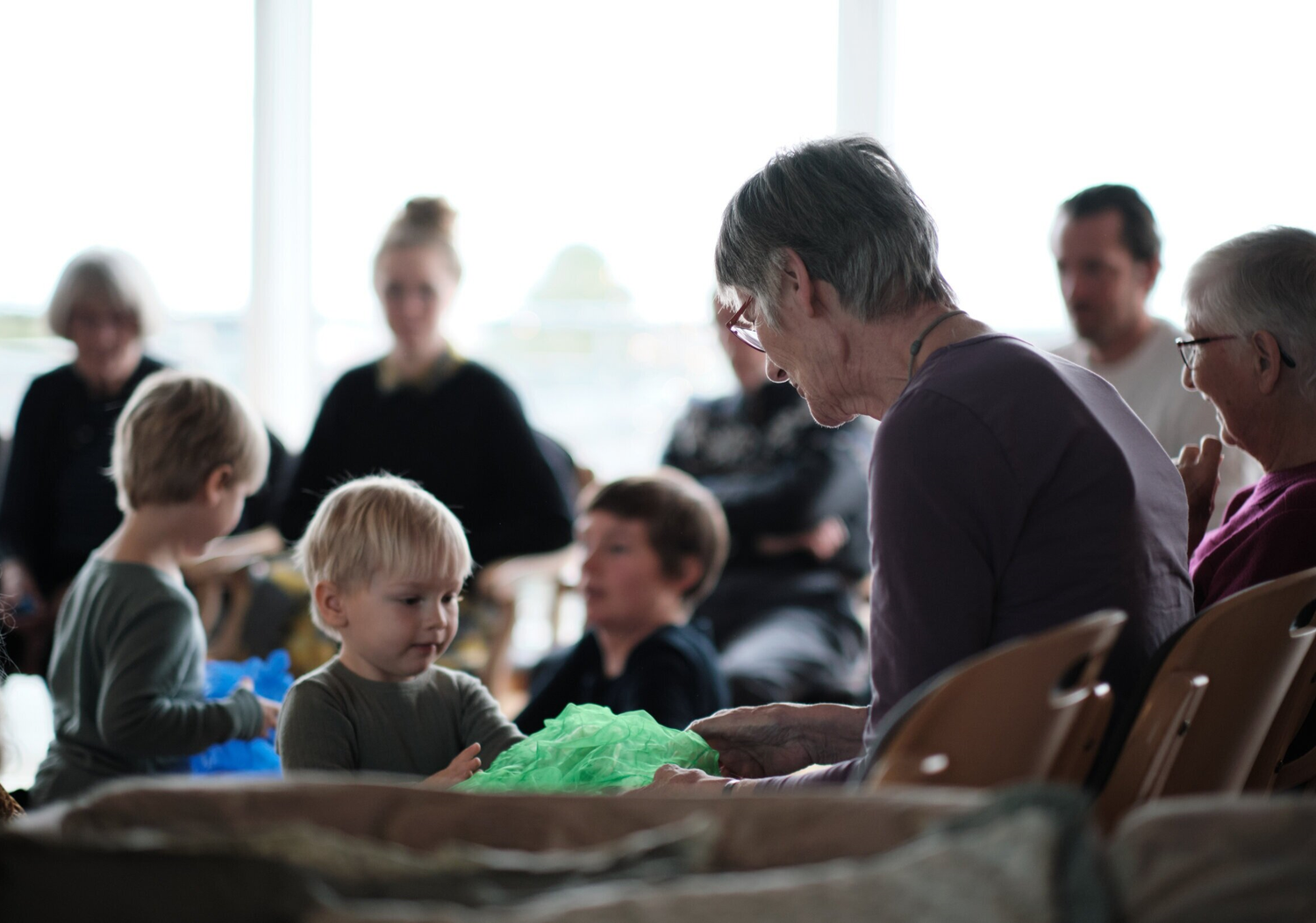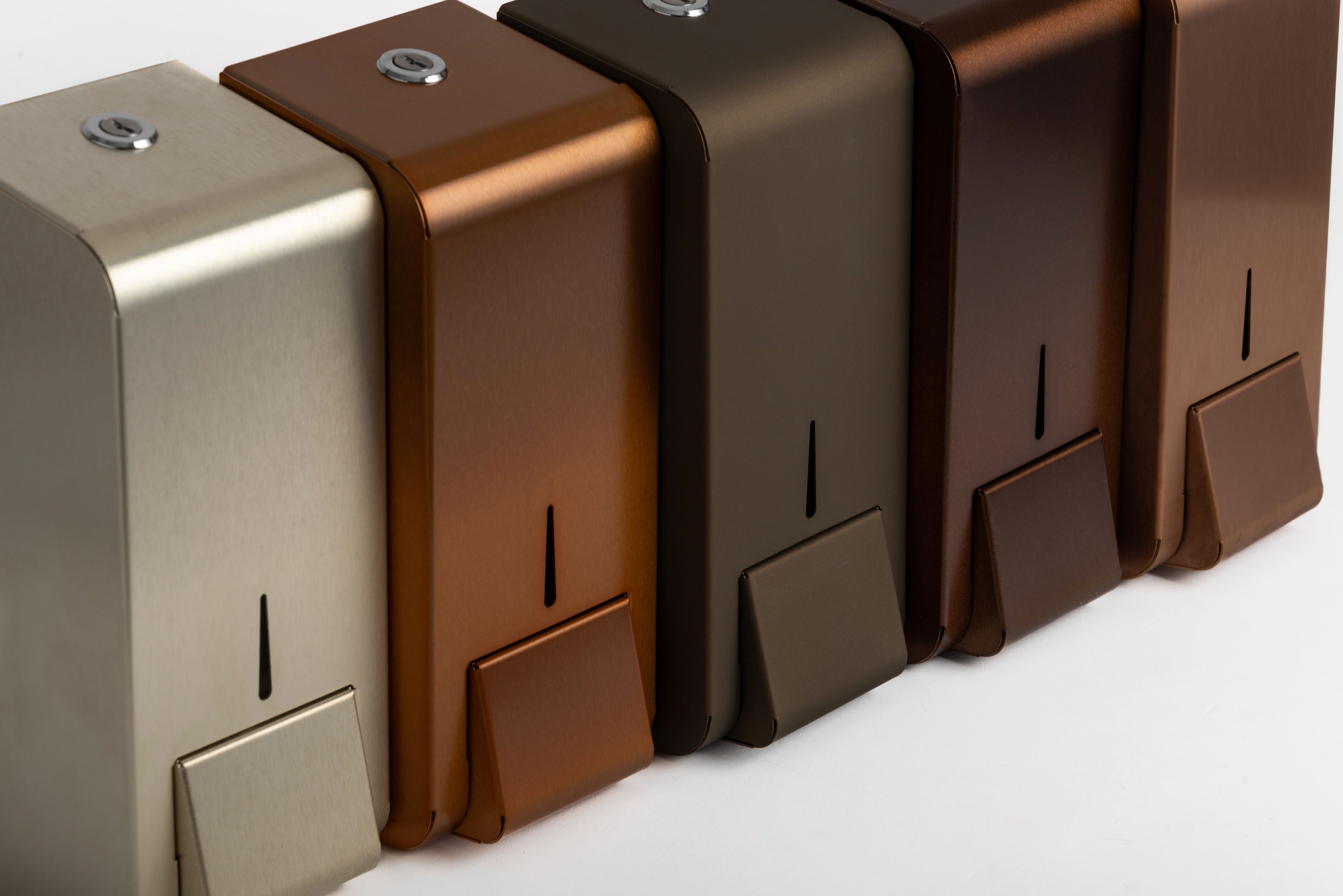Here you can read more about how hygiene and disinfection in nursing homes is carried out, what should be done and how you can ensure that your disinfection complies with the authorities' guidelines.
Infections in a nursing home
Stomach and urinary tract infections are just as big a problem when they occur in a nursing home as in a hospital, and there is just as much need for expertise when a patient with a staph infection is in his own bed as in a hospital ward. Nevertheless, hygiene is an overlooked task in a large part of the healthcare system.
Cross infections should be avoided
Many nursing homes experience accumulations of urinary tract infections or gastrointestinal infections, which have spread to residents and staff. When you bring many people together, it is only natural that cross-infections occur. The problem, however, is that the vast majority of staff at nursing homes do not have the right knowledge about hygiene and disinfection .
Why is hygiene important in nursing homes?
- Combating bacteria and viruses.
- Prevention of cross infections.
- Prevention of illness among residents and staff.
New and better disinfectants
In nursing homes, there is a great need to know more about hygiene, about interrupting transmission routes and so on. In addition, there is also a lack of knowledge about disinfection, and they have not had the opportunity to keep up, so they use agents that were good enough many years ago, but which have long since been abandoned because there are better agents.
Kitchen hygiene
General kitchen hygiene is also something that needs to be checked in care homes and care centres. There is simply a lack of knowledge that the temperature must be below five degrees, and that the bacteria multiply if you leave the milk out and then put it back in. In addition, there is a massive lack of use of new disinfectants on surfaces and hands, even though many believe that washing fingers is good hand hygiene.



















